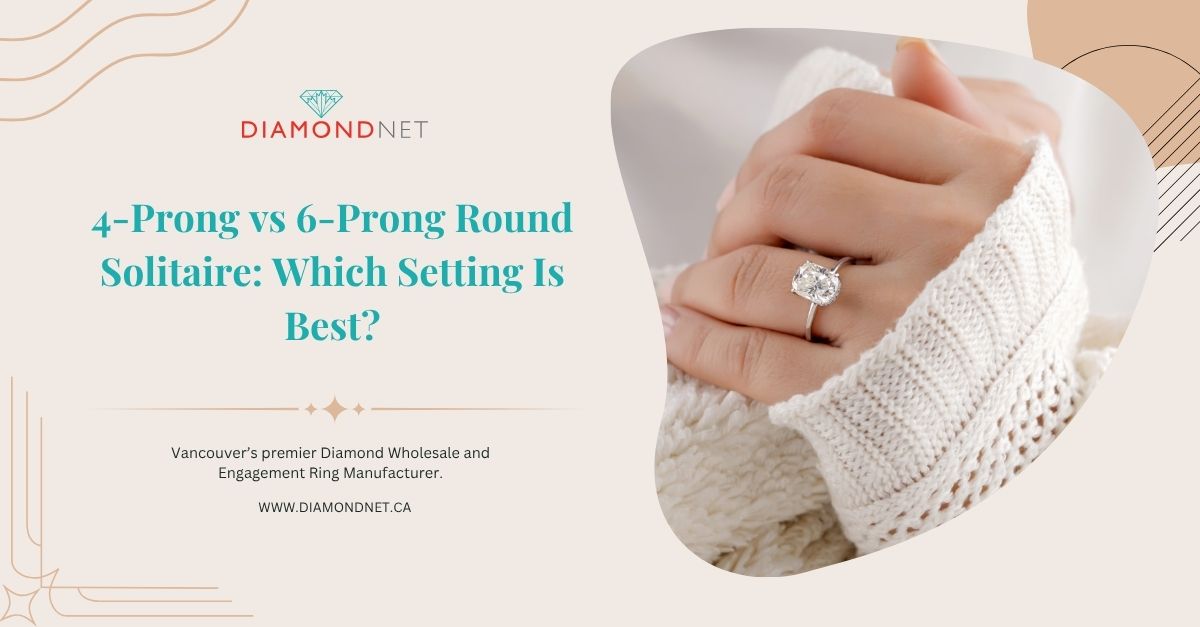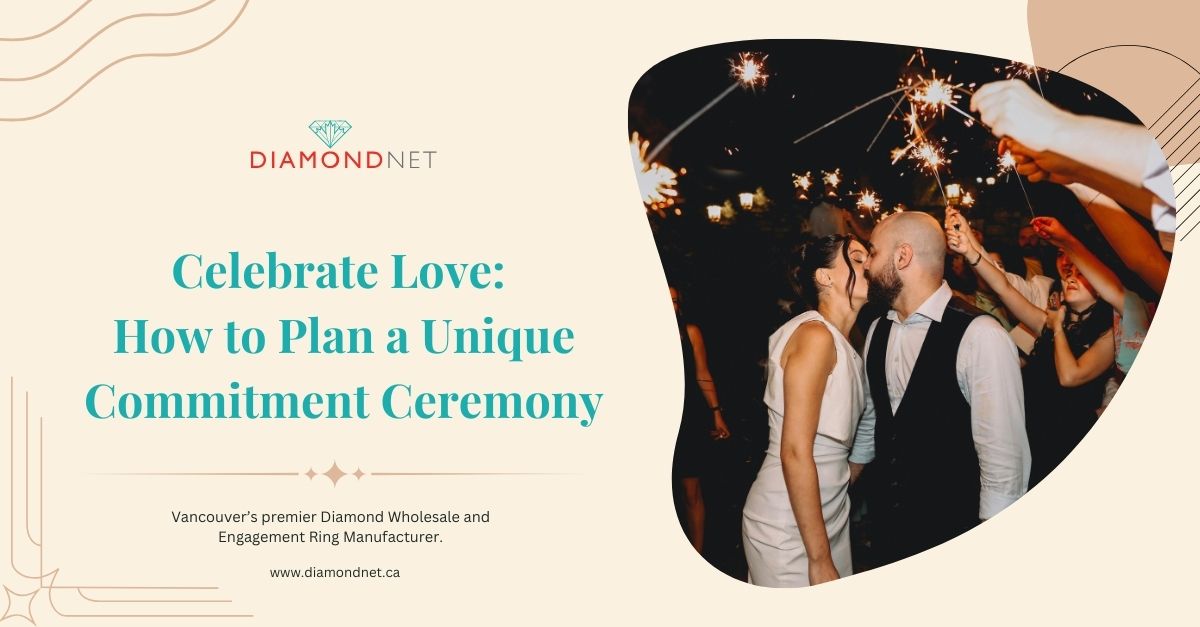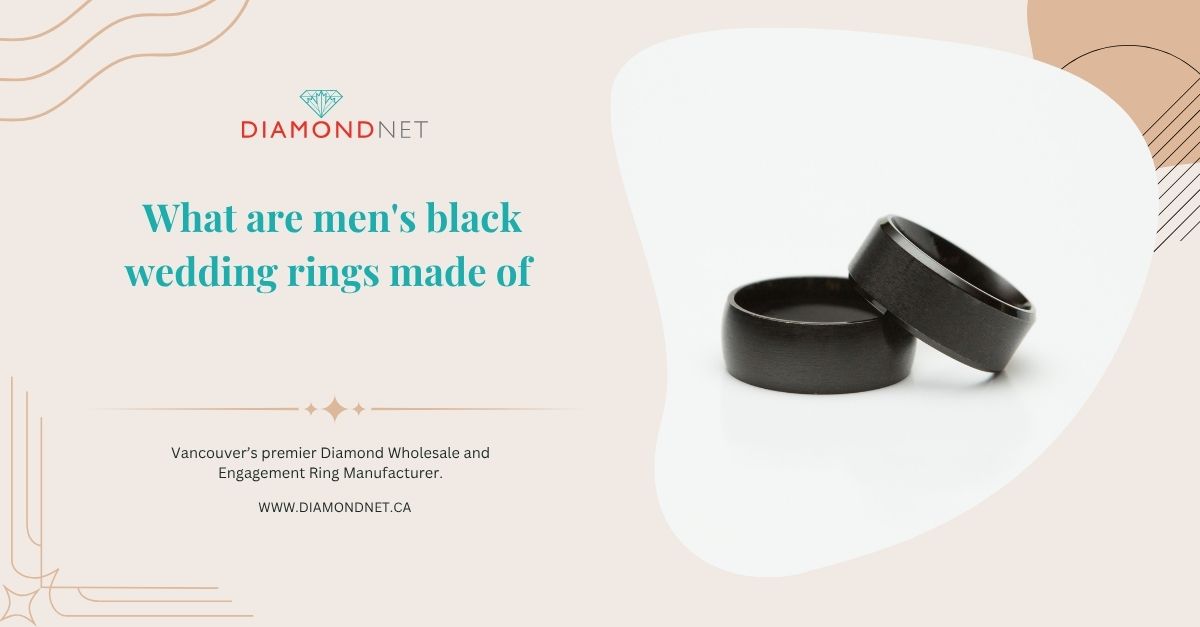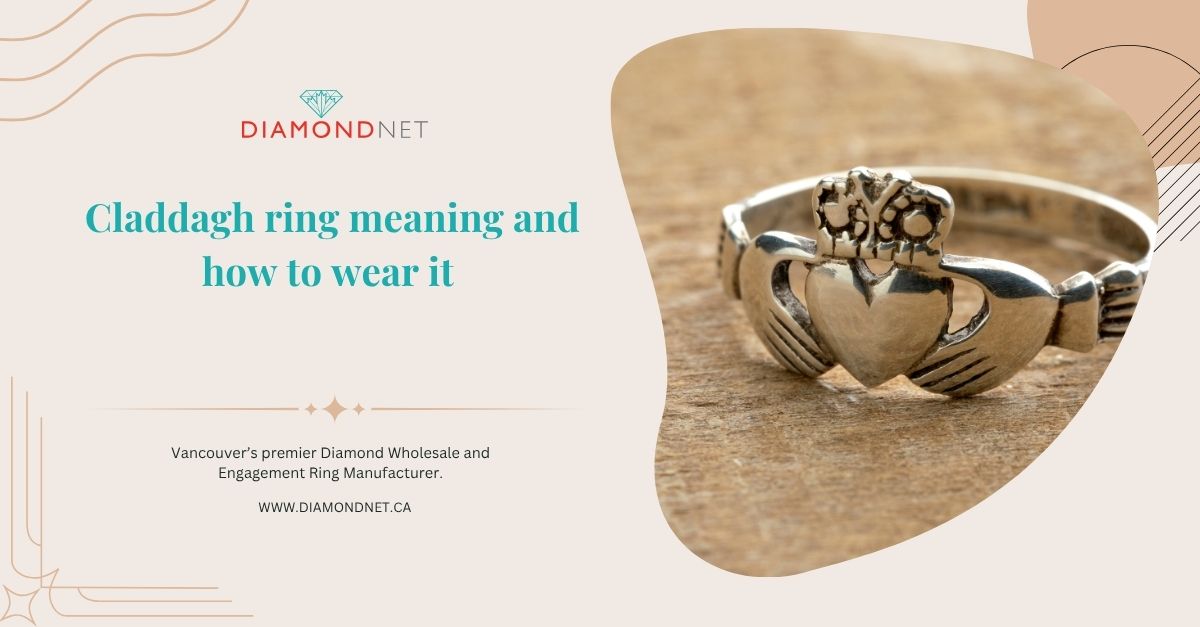Choosing an engagement ring involves more than picking a diamond. The setting you choose plays a big role in how the ring looks, wears, and lasts over time. One of the most common design choices? Deciding between four-prong and six-prong settings—two classics that can make the same diamond feel entirely different.
A round solitaire diamond, with its timeless brilliance, takes on new personality depending on how it’s secured. Four-prong settings highlight the stone’s shape with minimal metal. Six-prong settings offer added stability and a more traditional silhouette.
This guide breaks down everything you need to know—style, durability, maintenance, and more—to help you choose the setting that suits your lifestyle and aesthetic best.
Here is the Quick Answer:
Choosing between a 4-prong and 6-prong round solitaire ring depends on whether you prioritize sparkle or security. While 4-prong settings enhance brilliance and feel minimal, 6-prong designs offer greater durability and peace of mind for daily wear.
What is a prong?
A prong is a small metal claw that holds the diamond securely in place. Typically seen in solitaire or single-stone settings, prongs grip the stone at the edges while raising it slightly above the band. This allows more light to enter the diamond, enhancing its brilliance and keeping the design open and elegant.
For round solitaire engagement rings, four and six prongs are the most popular choices. Each strikes a different balance between showcasing the diamond and securing it in place.
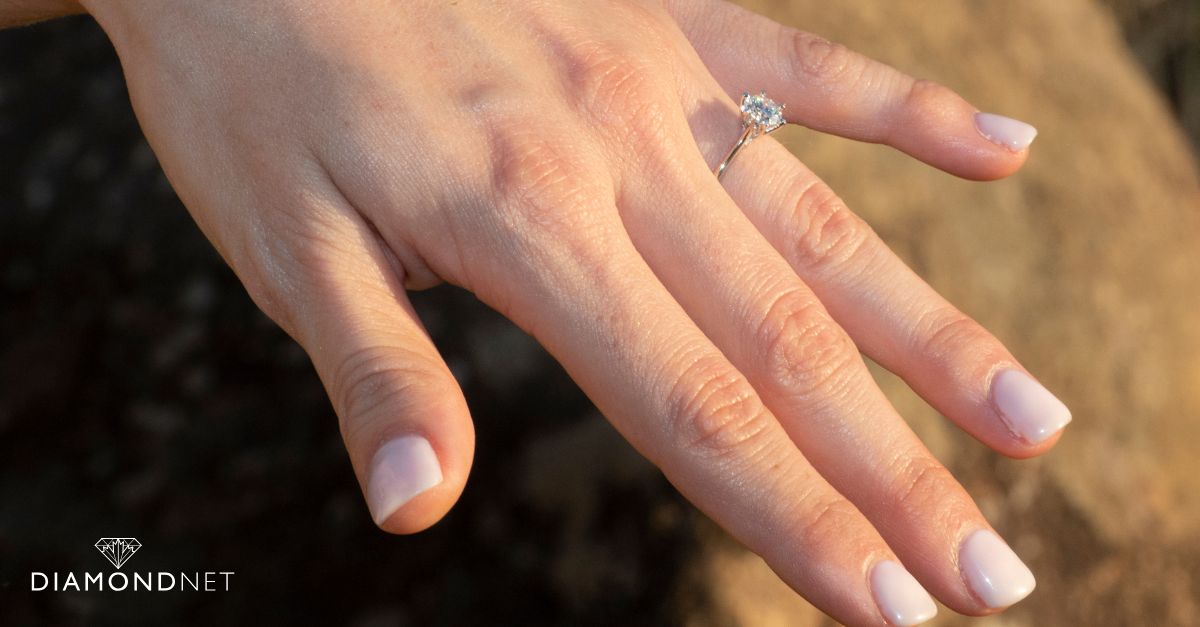
4-Prong Setting: Sleek and Timeless
The 4-prong setting features four evenly spaced metal claws that hold the diamond securely in place. It’s a simple and elegant design that puts the spotlight on the stone.
With fewer prongs covering the diamond, more light enters the stone. This enhances brilliance and can make the diamond appear slightly larger than it actually is.
The minimal metal also creates a modern, airy look—ideal for those who prefer a clean and streamlined aesthetic.
However, the reduced number of prongs means there are fewer points of contact securing the diamond. While still durable, it offers slightly less protection than a 6-prong setting.
For smaller carat weights or those with less physically active lifestyles, a 4-prong setting provides a perfect balance of sparkle and simplicity.
Visual Effect and Diamond Shape
Both 4-prong and 6-prong settings are designed to complement round brilliant-cut diamonds—but they shape perception differently.
A 6-prong setting surrounds the diamond more evenly. This creates a sense of symmetry and can enhance the roundness of the stone, making it appear fuller and more traditional.
In contrast, a 4-prong setting leaves the corners slightly more exposed. This can give the diamond a subtly squarer outline, which some people prefer for a sharper, more contemporary look.
Ultimately, the choice affects not just security but how the diamond presents from different angles. It’s worth considering your personal aesthetic before deciding.
Does a 4-prong setting make a diamond look bigger?
Yes, a 4-prong setting can create the illusion of a larger diamond.
With fewer prongs covering the surface, more of the stone remains visible. This openness not only exposes more of the diamond’s shape but also allows extra light to pass through, enhancing its brilliance.
The result is a setting that feels airy, bright, and slightly more expansive—especially appealing for those who want their diamond to appear as large and sparkly as possible.
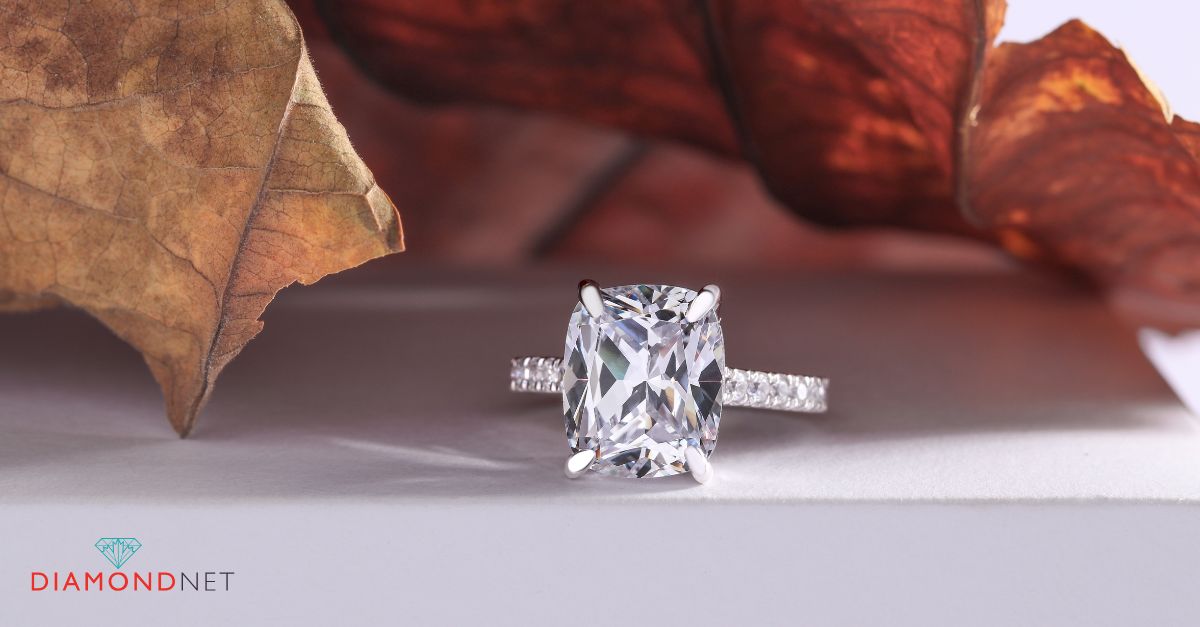
Lifestyle and Maintenance Considerations
If ease of cleaning matters to you, a 4-prong setting may be the better choice. Its open design provides better access for cleaning brushes and solutions, making it easier to maintain the diamond’s sparkle over time.
However, fewer prongs can mean more vulnerability. A 4-prong ring may be slightly more prone to snagging on fabrics or hair, especially during daily wear. With proper care, though, it still holds up well for most lifestyles.
A 6-prong setting offers more stability. It’s the preferred choice for active wearers or those working with their hands. If one prong bends or breaks, the diamond is still supported by the remaining five, lowering the risk of loss.
Resizing is another factor to consider. 4-prong settings are generally simpler to resize. A 6-prong setting requires more precision to keep the diamond symmetrical after resizing.
At DiamondNet, our ring maintenance and repair services ensure that whichever setting you choose, your engagement ring stays secure and sparkling for years to come.
Budget talk: Is there a price difference?
In most cases, a 4-prong setting will cost slightly less than a 6-prong setting. This is because it uses less metal and typically requires less labour to craft.
That said, the price difference is usually minimal—often not a deciding factor unless you’re customizing every detail. Design complexity, metal choice, and added features like accent stones have a far greater impact on overall cost.
At DiamondNet, we offer both 4- and 6-prong settings at a range of price points. Each ring is crafted with precision, ensuring value without compromising quality.
6-Prong Setting: Enhanced Security and Classic Appeal
A six-prong setting is known for its dependable hold and timeless symmetry. With six evenly spaced prongs securing the diamond, this setting distributes pressure more evenly and adds a sense of balance to the design.
This style has a slightly fuller look than its 4-prong counterpart. While it covers more of the diamond’s surface, it also provides added protection—especially helpful for larger stones that are more prone to loosening.
The 6-prong design doesn’t just offer security—it creates a classic silhouette that suits traditional tastes. Many buyers appreciate its vintage charm and subtle sophistication.
This setting is particularly popular with those who want both durability and a refined, enduring style.
Does a 6-prong setting make a diamond more secure?
Yes, a 6-prong setting offers more security than a 4-prong design. With six points of contact, the diamond is less likely to loosen or shift—especially important for high-carat stones or active lifestyles.
Even if one prong bends or breaks, the remaining five still hold the stone in place, lowering the risk of loss. It’s a smart choice for anyone seeking added peace of mind without sacrificing elegance.
Does a 6-prong setting make a diamond look bigger?
Not exactly. A 6-prong setting can slightly reduce the visible surface area of the diamond since more metal covers the edges. This may make the stone appear a touch smaller compared to a 4-prong setting.
However, the difference is subtle. A well-crafted 6-prong design still allows enough light to enter the diamond, preserving its brilliance and fire while prioritizing security.
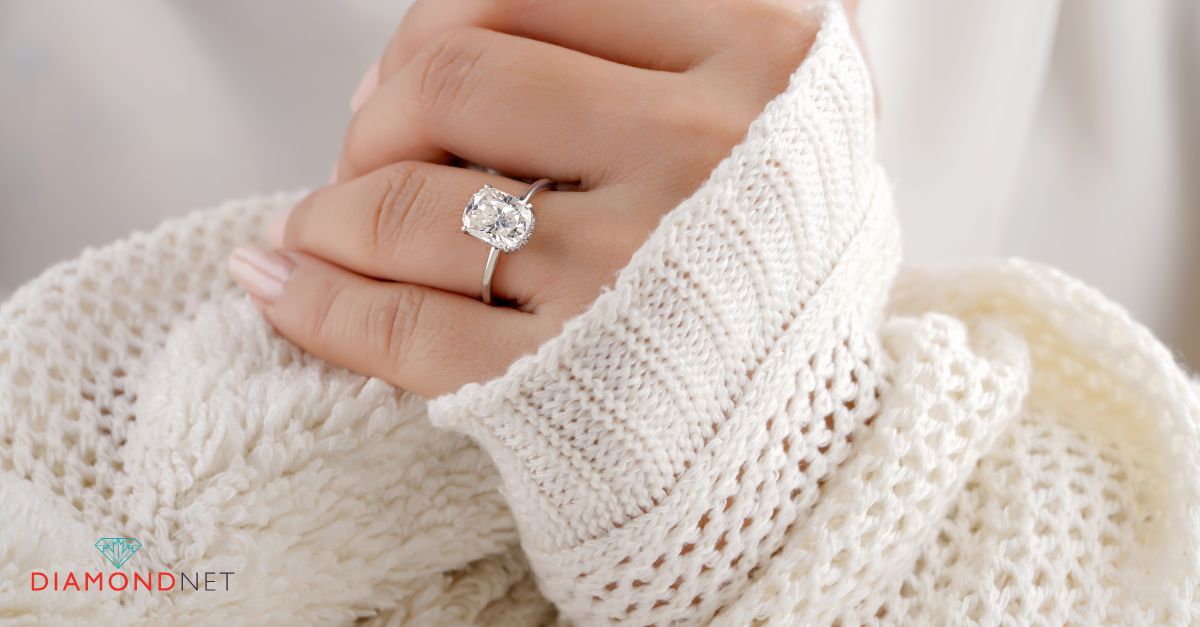
Design Trends and Buyer Preferences
In recent years, preferences in engagement ring design have diversified, with both 4-prong and 6-prong settings enjoying steady popularity.
The 4-prong setting appeals to those who value minimalism and a clean, modern aesthetic. Its open design complements contemporary tastes and allows for more diamond visibility, making it a popular choice for shoppers who want a sleek, understated ring that maximizes sparkle.
In contrast, the 6-prong setting is often favoured by those drawn to vintage or classic styles. Its symmetrical structure evokes a sense of tradition and balance. The added prongs create a slightly fuller look, which many couples find elegant and timeless.
Ultimately, preferences are shifting toward customization. Whether minimalist or traditional, many buyers now prioritize personal expression and durability—both of which can be achieved with either prong count through custom ring design.
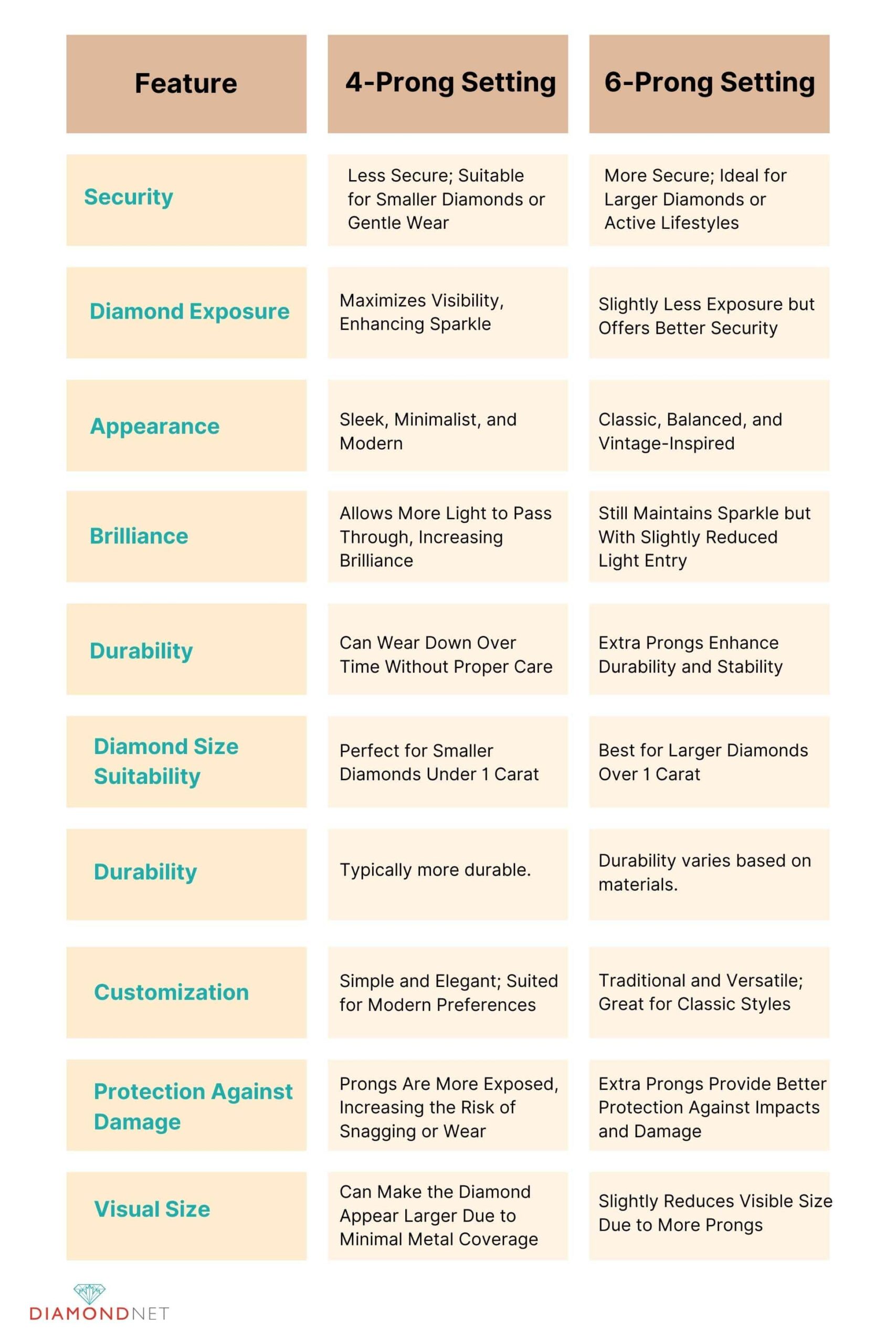
Conclusion: Which Setting Is Right for You?
Choosing between a 4-prong and 6-prong setting isn’t about finding the “better” one—it’s about matching the ring to your life and style.
If you prefer a minimalist, modern look that lets your diamond shine with maximum brilliance, a 4-prong setting offers elegance with simplicity. It’s especially flattering for smaller carat sizes or those drawn to clean, open designs.
If your priority is security, structure, and a timeless feel, the 6-prong setting adds balance and durability—ideal for larger diamonds or active lifestyles where extra support matters.
Whichever direction you’re leaning, DiamondNet is here to help. Our Vancouver showroom offers custom engagement ring design services, ethically sourced diamonds, and expert support from first sketch to final sparkle.
Explore both options in person or online. And if you’re planning ahead, check out our guide to finding the perfect wedding band to complete your bridal set.
